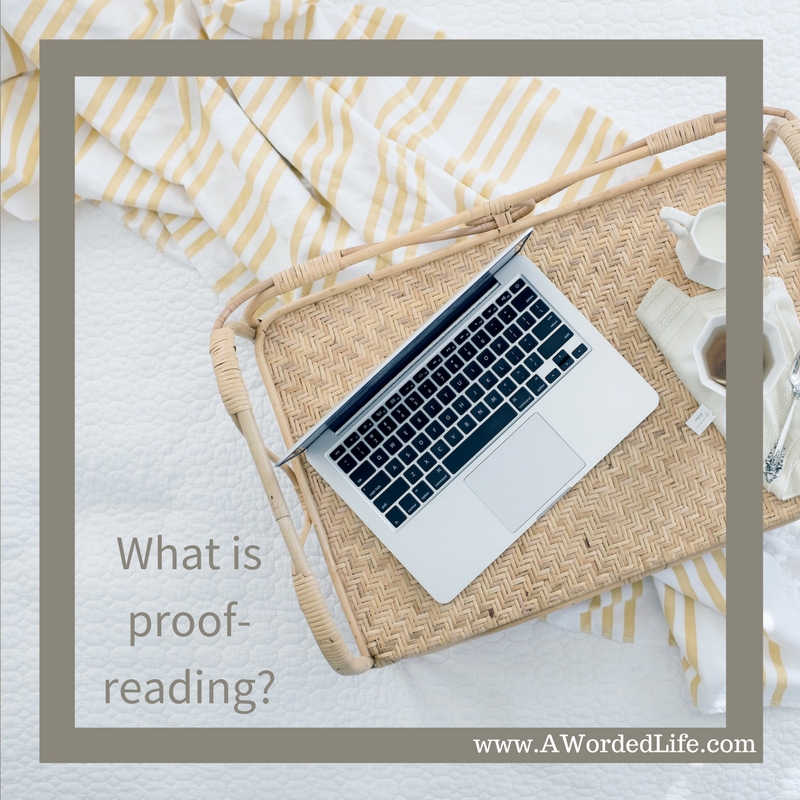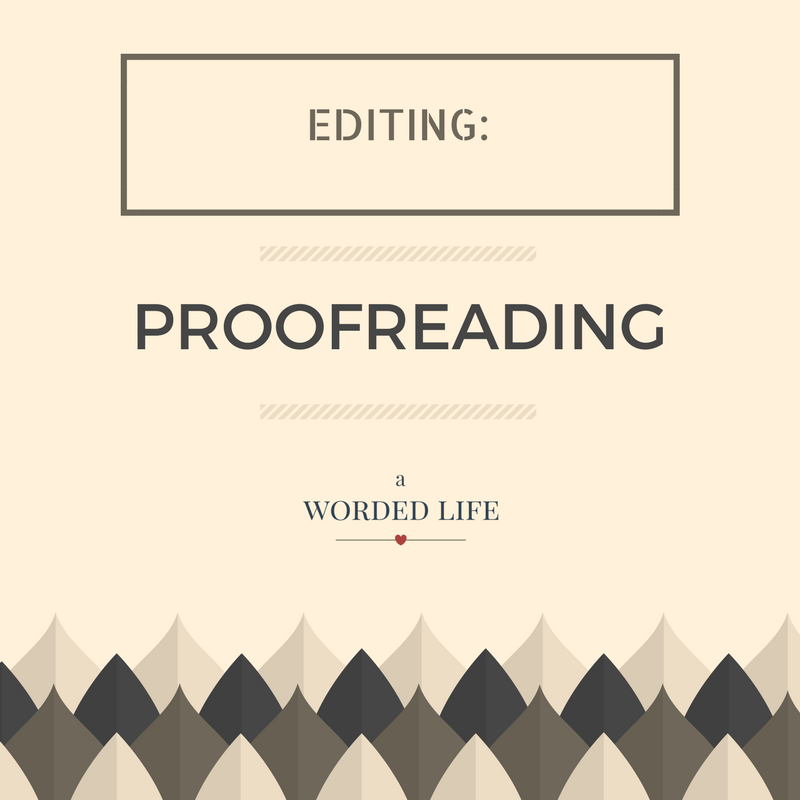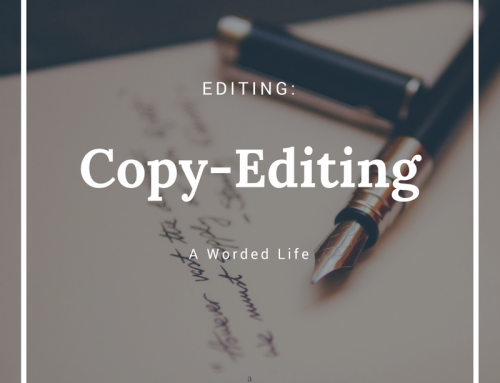Thinking about hiring a proofreader, but not sure what they do or if that is the service you need? In this post, I get into the nitty-gritty of proofreading.
What is proofreading?
Proofreading is the final stage of text preparation and your last chance to fix errors.
There are a range of stages at which you can engage professional help. A manuscript assessment provides you with a critique of what works and what doesn’t work in your manuscript so you can revise and rewrite. When your manuscript is completed, a development edit will focus on the macro – big picture issues, whereas a copy-edit will consider your writing at a micro level. Editors consider such things as content, structure, writing style and tone.
A proofreader is concerned with quality control – consistency and accuracy. They are the last line of defence against errors in your manuscript.
In traditional publishing, once a manuscript has been edited, it is sent to a typesetter who ‘sets’ (formats) the type as you would then see it in a printed book. These typeset pages are called page proofs – which are then proofread. Proofs are sometimes compared against the original manuscript for discrepancies or might be proofread on their own (this is called blind proofreading). Corrections to page proofs are costly. Generally, the proofreader scrutinises the text for errors that may have slipped in during the typesetting stage, ensures any amendments have been correctly taken in by the typesetter, and makes any other minimal, urgent corrections aimed at increasing accuracy and consistency.
Proofreading is the last stage – the final draft – and as such, the text has already been revised, edited and typeset (if traditional print). While they do not look at overall meaning and sense (which is the realm of the editor), a proofreader will consider whether the text makes sense. A proofreader will check the work of author, editor and designer, typesetter/formatter.
Proofreading is your last line of defence against errors!
Why hire a proofreader?
- Ensure your document or manuscript is error-free and the best it can be.
- Give your manuscript or document the best opportunity possible – at publication, at making the right kind of impact, at being effective.
- Provide an objective eye – you are often too close to your own writing to see the errors.
- A professional proofreader is an expert and is probably more effective than your friends or relatives.
- Take the last chance to fix any errors in your text.
- Check for errors that computer spelling and grammar checkers can miss.
- Ensure your ideas are effectively and correctly communicated.
- Make sure you do not produce a poorly written document.

A proofreader will check:
- All amendments have been correctly taken in
- Preliminary pages
- The body of the text
- Endmatter
- Spelling
- Punctuation
- Hyphenation
- Abbreviations
- Table of contents
- Layout
- Numbers
- Illustrations
- Layout
- Index
- Heading hierarchies
- Tables
- Page numbers
- Spacing
- Headers and footers
- Orphans (a single word at the beginning of a page or column)
- Widows (a short line of one word or the end of a hyphenated word at the end of a page or column)
- Stacking (where several lines in a row end with the same word giving the effect of the words stacking atop each other)
- Word breaks (ensuring hyphenated words at the end of a line are hyphenated in the right place)
- Typeface and font
- Text alignment
Learn more about the various stages of editing.
Contact A Worded Life about proofreading or other services offered.



